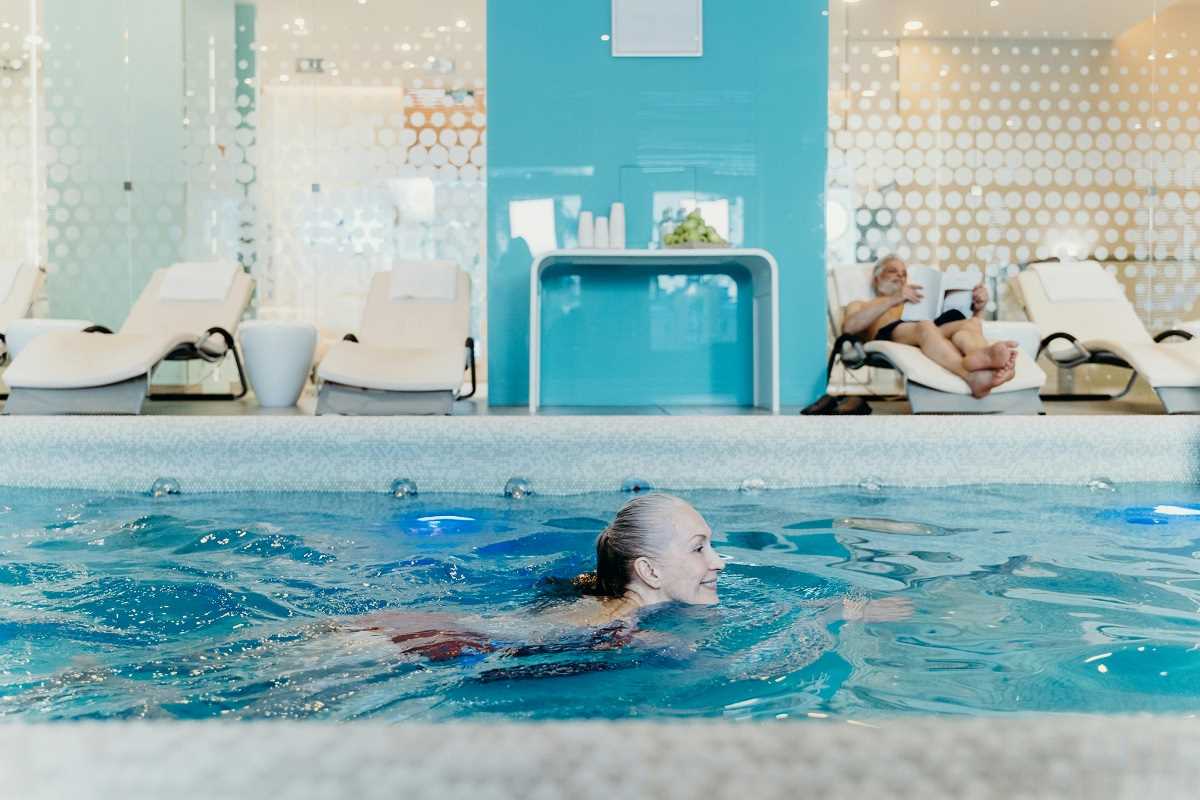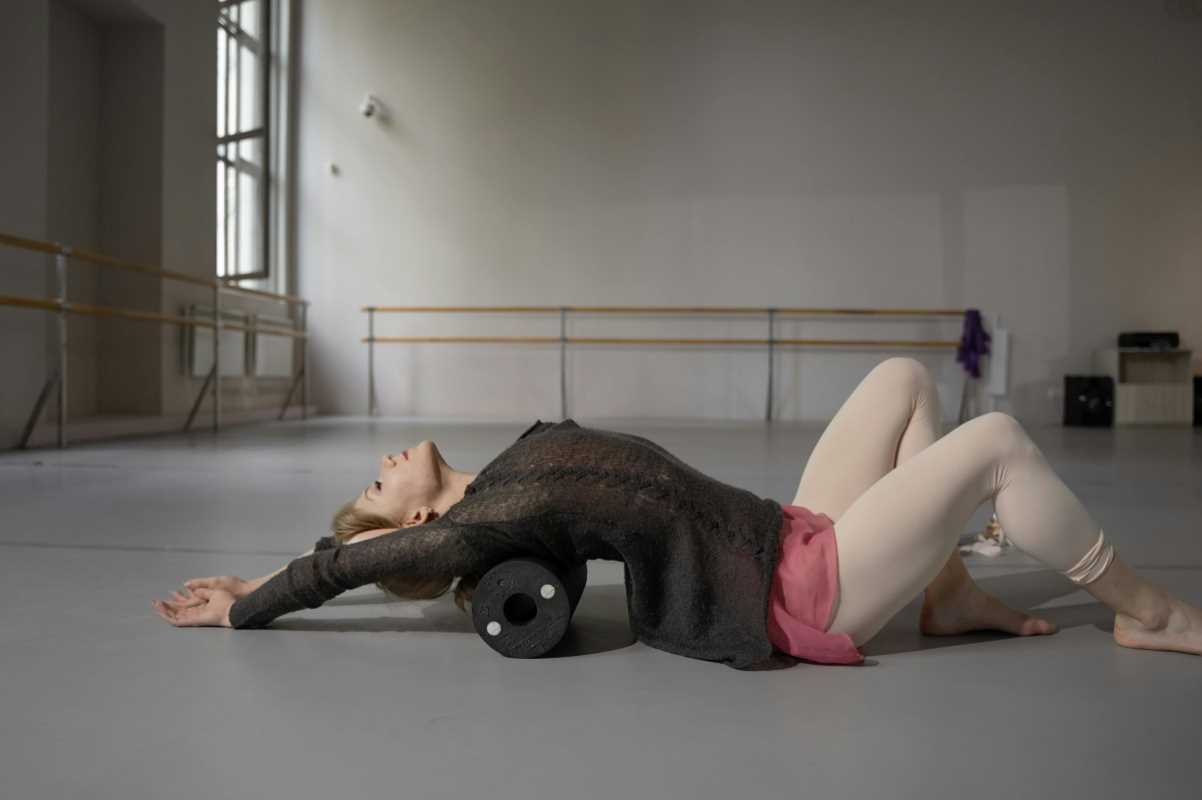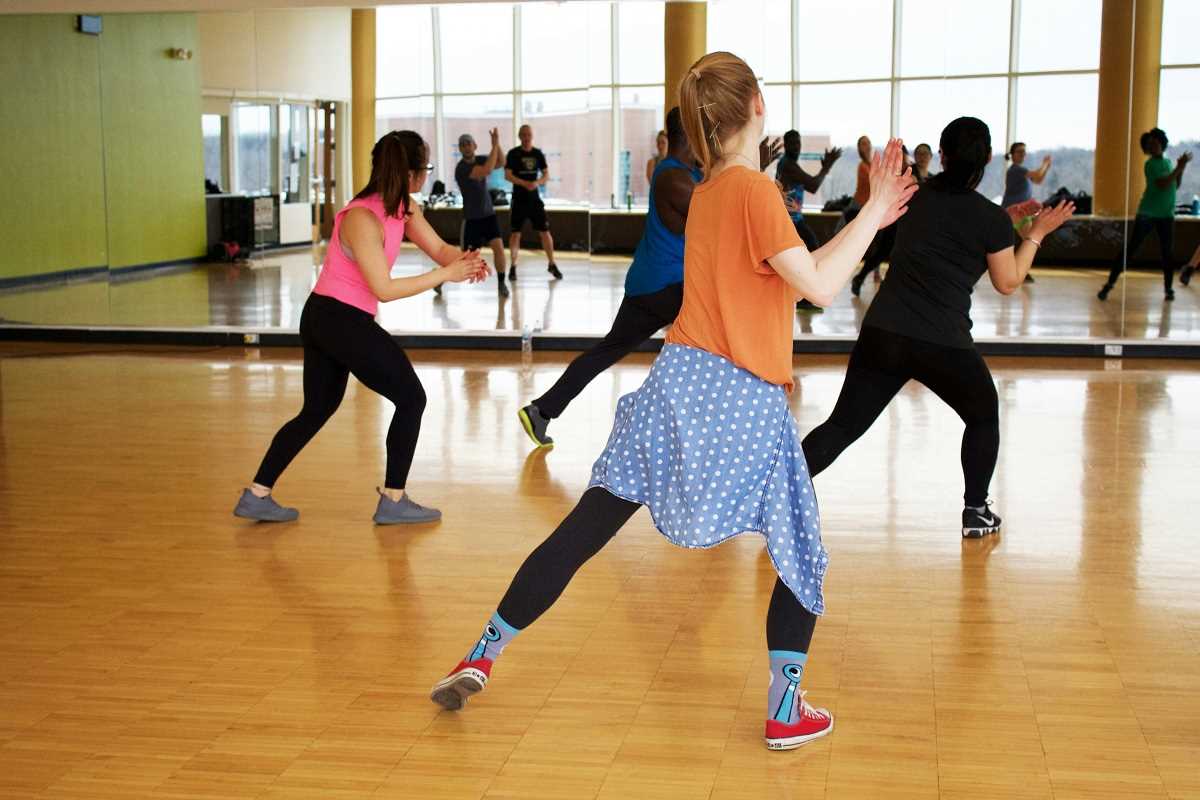Joint pain can feel like a nagging companion that follows you everywhere, especially as we age. It shows up when you climb the stairs, bend down to pick something up, or even just get out of bed in the morning. If this sounds all too familiar, you’re not alone. Many middle-aged women face the daily challenge of stiff, aching joints. But what if there was a way to move your body, improve your mobility, and ease that pain without putting extra pressure on your joints? The answer might just be in the water.
Water-based workouts, also known as aquatic or hydrotherapy exercises, are a wonderful way to stay active while being gentle on your body. Whether you’re swimming laps, joining a water aerobics class, or simply walking through a pool, these activities are a game-changer when it comes to joint health. Want to know why? Let's take a deep dive into how water works its magic and why it could be the perfect fit for you.
Why Exercise Matters for Joint Health
Before we jump into water workouts, it’s important to understand why exercising is crucial for your joints. Joints are the hinges of your body, connecting bones and allowing movement. They’re cushioned by cartilage, a rubbery tissue that prevents bones from rubbing together. Over time, wear and tear or conditions like arthritis can damage this cartilage, leading to pain, stiffness, and decreased mobility.
The good news? Regular movement helps keep joints healthy by strengthening the muscles around them, reducing stiffness, and improving range of motion. But not all exercises are created equal. High-impact activities like running or HIIT (high-intensity interval training) can be too stressful on already achy joints, making pain worse. That’s where water comes in.
Water’s Unique Properties and Why They Matter
The pool isn’t just a place to cool off on a hot summer day; it’s an ideal environment for gentle yet effective exercise. Here's why water is so special when it comes to joint-friendly movement.
Buoyancy Reduces Pressure
Ever notice how much lighter you feel when you step into a pool? That magical sensation is due to buoyancy, or the upward force that water exerts on your body. Buoyancy reduces the impact of gravity, which means your joints don’t have to work as hard to support your weight. This is a lifesaver for anyone dealing with conditions like arthritis or old injuries.
For example, if you have knee pain, even walking on land can feel like a chore. But in water, you might only feel a fraction of your full body weight, making movement much easier and more comfortable.
Natural Resistance Builds Strength
Water offers its own type of resistance because it’s thicker than air. Every movement you make in the pool—from a simple flutter kick to water aerobics—is like a mini workout. Unlike weights or machines that can put undue strain on your joints, water provides smooth and equal resistance in all directions. This helps you strengthen muscles, improve stability, and better support your joints without the risk of overexertion.
Cooling and Comforting Effects
Water is naturally cooling, which reduces inflammation and soreness. For women who experience swelling in their joints, exercising in water can be far more comfortable than on dry land. Plus, being surrounded by water can feel incredibly soothing, both physically and mentally, making your workout time something to look forward to rather than dread.
Improved Range of Motion
Warm water, in particular, can help relax muscles and improve circulation, which makes it easier to stretch and move. If stiffness is holding you back, a heated pool might just be your best friend.
Types of Water-Based Workouts
Whether you’re a beginner or a seasoned swimmer, there’s a water workout that’s perfect for you. Here are a few popular options to consider:
1. Water Walking
If you’re just getting started, water walking is an excellent way to dip your toes in (literally!). Simply walk back and forth in chest-deep water. You’ll feel resistance as you move, giving your muscles some work, but the buoyancy will keep your joints comfortable.
2. Aquatic Aerobics
Think of this as your favorite aerobics class, but in the water. These classes are usually led by an instructor and combine cardio movements with gentle stretches. You don’t even have to know how to swim, as most classes take place in shallow water. Aquatic aerobics is a fun, social way to stay active and improve joint mobility.
3. Swimming
Swimming laps is a full-body workout that’s easy on your joints but great for your heart, muscles, and overall fitness. You can mix up your strokes, like freestyle, breaststroke, or backstroke, to target different muscle groups.
4. Water Yoga or Tai Chi
These mindfulness-based exercises are now making their way into the pool. Water yoga and Tai Chi involve slow, deliberate movements that improve flexibility, balance, and strength. The calming nature of the water adds a therapeutic element to the experience.
5. Resistance Training with Pool Equipment
For a more strength-focused workout, you can use pool noodles, foam dumbbells, or resistance gloves. These tools create more drag in the water, helping you build muscle without loading your joints.
Health Benefits Beyond Joint Relief
Water-based workouts aren’t just great for your joints; they come with a host of other health perks that are hard to ignore.
- Heart Health: Water exercises are a fantastic way to get your heart pumping without overexerting yourself, which is especially important as you age.
- Weight Management: The resistance of water burns calories, helping you maintain a healthy weight, which in turn reduces pressure on your joints.
- Better Balance: Moving through water challenges your stability, improving your balance and reducing the risk of falls.
- Mental Health Boost: There’s something about being in the water that melts away stress, leaving you feeling relaxed, refreshed, and recharged.
Tips for Getting Started
Starting a water-based workout routine doesn’t have to be daunting. Here are a few tips to make the transition smooth and enjoyable.
- Find the Right Pool: Check your local gym, community center, or YMCA for aquatic classes or free swim hours. Ideally, look for a heated pool if joint stiffness is a concern.
- Invest in the Right Gear: A well-fitting swimsuit and a pair of water shoes can make all the difference. Water shoes provide traction and support, especially for shallow-water exercises.
- Start Slow: If you’re new to water workouts, ease into it. Begin with shorter sessions and gradually increase time and intensity as you feel more comfortable.
- Hydrate: Just because you’re in water doesn’t mean you’re not sweating! Make sure to drink plenty of water before and after your session.
- Listen to Your Body: Pay attention to how your joints feel. The beauty of water workouts is that they’re easy to modify to suit your needs.
A Community of Support
One of the unexpected joys of water-based workouts is the sense of community you can find. Many aquatic classes are filled with women just like you, looking to improve their health and enjoy the process. Sharing laughs, stories, and progress with others makes the experience even more rewarding.
Caring for your joints doesn’t have to mean giving up on movement or living with constant discomfort. Water-based workouts provide a gentle, effective way to stay active, reduce pain, and boost your overall well-being. Whether you’re dipping your toes in for the first time or rediscovering a love for the water, there’s no better time to take the plunge.
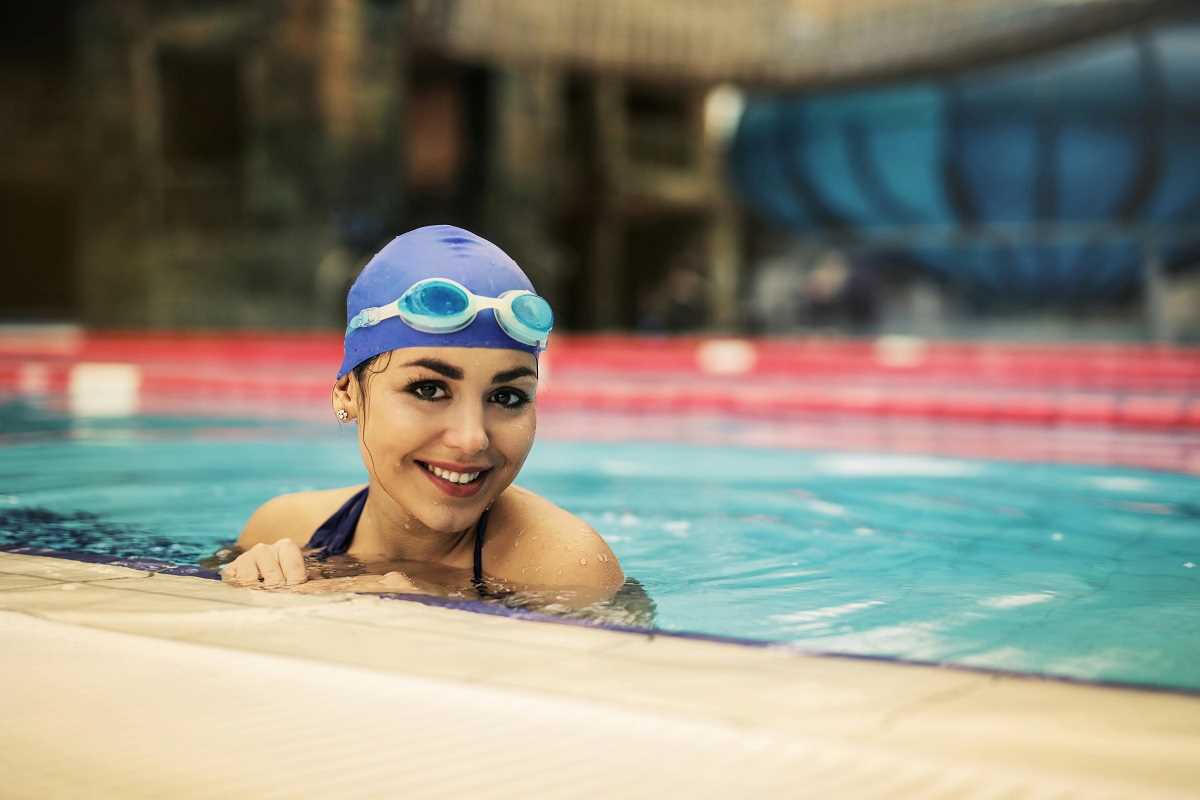 (Image via
(Image via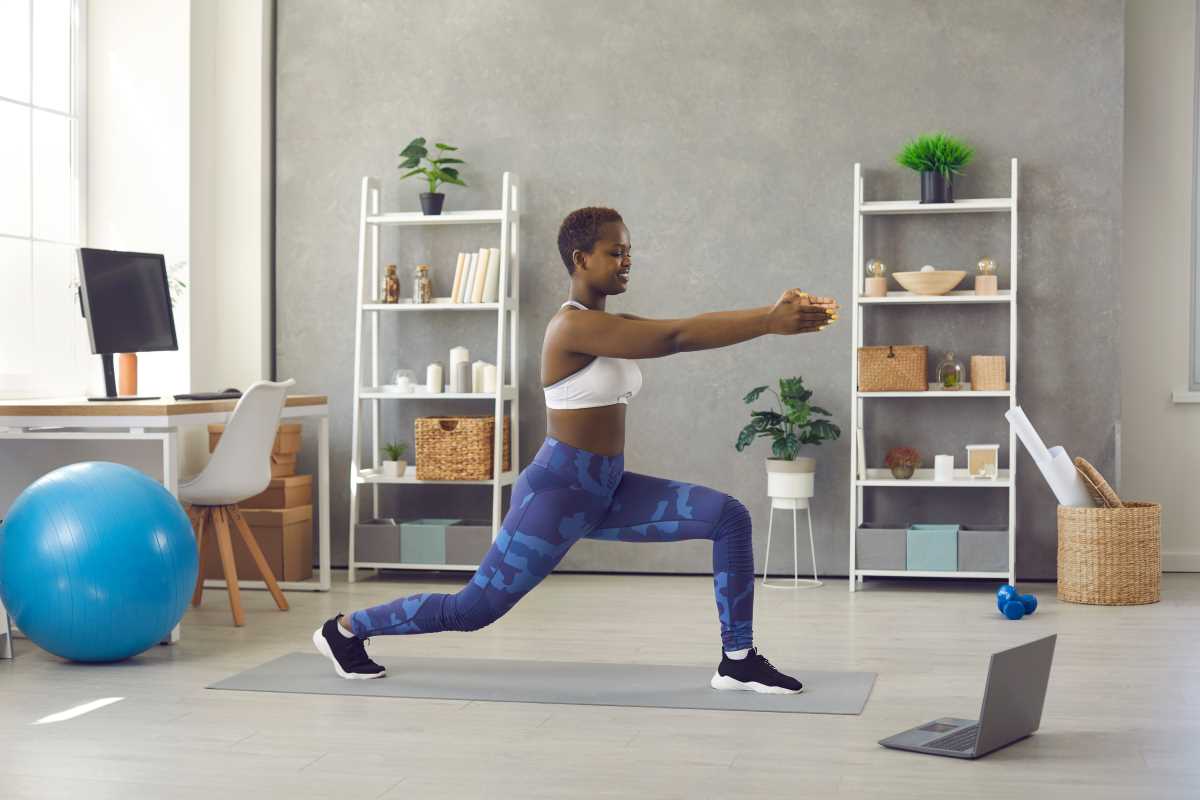
.jpg)

